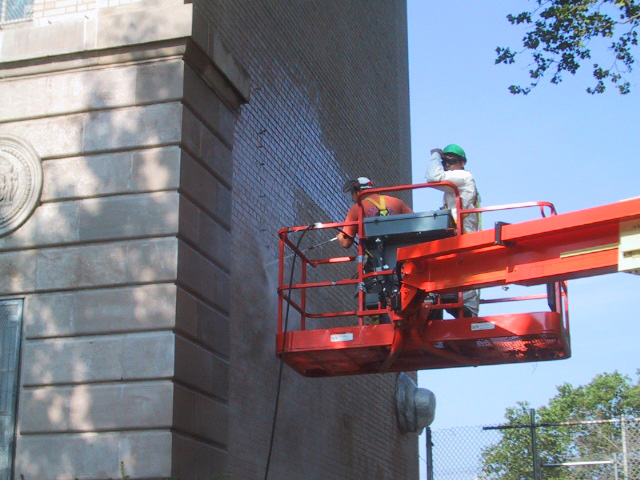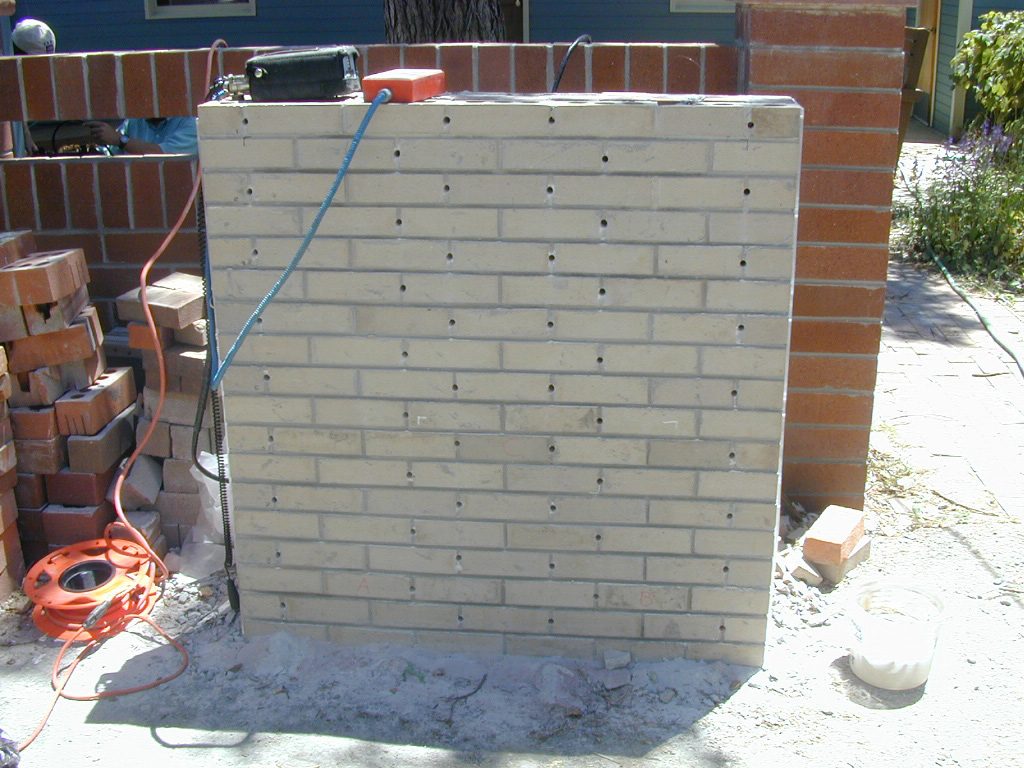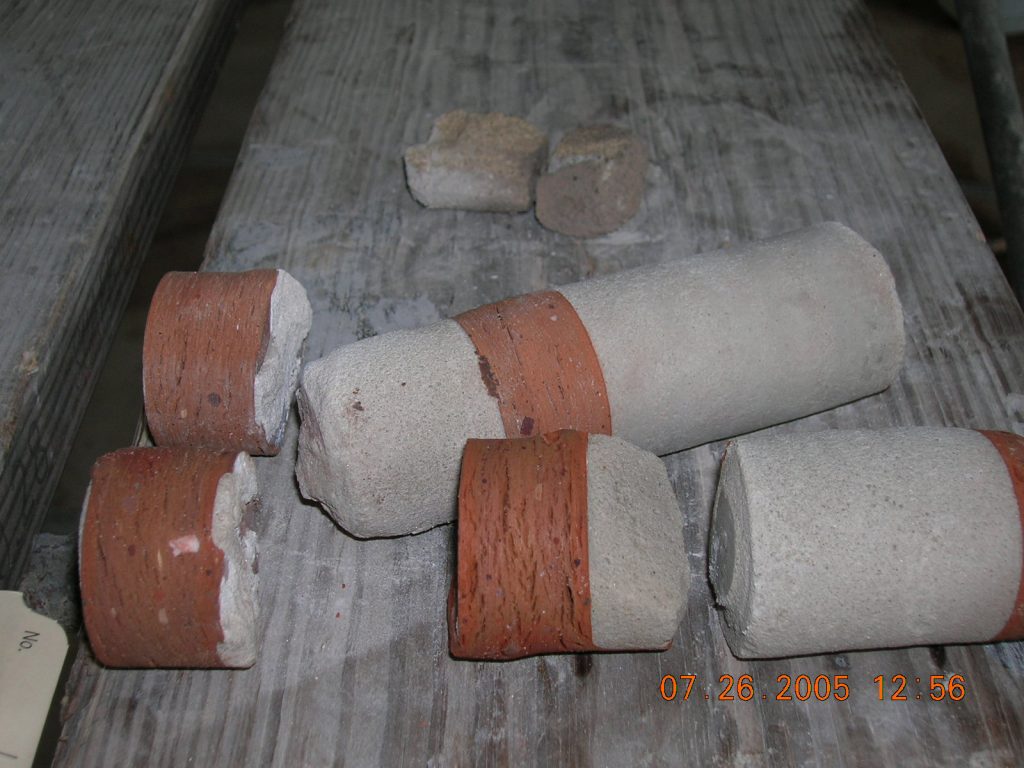PS 14X





Challenge
Ever since construction was completed in 1934, PS 14X has suffered from moisture penetration. Seven decades of water intrusion resulted in steel corrosion, deterioration and mold growth. Previous attempts to eliminate moisture penetration and repair the building had failed. As a result, the structural steel frame embedded within the exterior masonry walls was showing signs of corrosion. The repair solution needed to preserve the historic façade, while accommodating school operations.
Solution
Atkinson-Noland & Associates started by conducting a condition survey to identify damage throughout the exterior. Then, we analyzed the wall construction using borescopes and wall probes to determine the wall composition and identify likely paths of moisture ingress. Using this information, we developed a specialized grout, or compatible injection fill (CIF), to match the material properties of the historic brickwork. Our injection protocols allowed technicians to fill cracks and moisture pathways with CIF, while maintaining interior voids in the terra cotta backup. Finally, we developed quality assurance testing, using surface-penetrating radar, to ensure proper filling of cracks and voids. Low-pressure water tests verified the performance of the injected wall cross section.
Solutions Provided
A fiber-optic borescope is inserted in small holes drilled into mortar joints to evaluate internal wall conditions. Borescope investigations provide detailed information about internal wall features discovered through nondestructive evaluation. These surveys can also evaluate corrosion of embedded metals and continuity of brick header courses. Borescope analysis can reduce or eliminate the need for destructive probe openings.
Compatible injection fill (CIF) is customized to the material properties of the host structure, based on nondestructive evaluation and materials characteristics testing. Technicians pump a fluid, cement-based grout mixture into cracks, voids, or cavities within masonry. Low injection pressures prevent damage, while strengthening already fragile materials.
We use an in-house laboratory for testing historic and modern masonry material properties. Work performed includes characterization of brick, block, and stone properties; mortar analysis; anchor strength; and grout development, following standard test methods developed by ASTM, ACI, the State of California, and others.
Nondestructive tools such as moisture meters, surface-penetrating radar, and infrared thermography can identify areas of high moisture content and track moisture penetration back to its source. Spray tests are often used to identify moisture leakage pathways and the rate of moisture infiltration. ANA can perform tests in accordance with ASTM C1601, ASTM C1715, ASTM E514, ASTM E1105 and AAMA 501.2.
An ultrasonic pulser/receiver unit initiates a timing circuit as it sends an electrical signal to the source transducer, which uses an internal piezoelectric crystal to generate a low-energy, high-frequency stress wave. Transducers are attached to the masonry surface with rubber sheets or gels for maximum energy transmission. The wave travels through the section, where the receiving transducer converts wave energy back to electrical energy. Pulse transmission time is displayed in microseconds on a readout display.
Result
Comparing water penetration tests before and after CIF injection, we found that the injection reduced water flow through the wall by more than 98%, as determined by test method ASTM C1601. The building remained fully operational throughout the repair, which did not alter the appearance of the historic façade. Following injection, a cathodic protection system—designed and installed by Masonry Solutions International and Electro-Tech Ltd.—eliminated future steel corrosion, ensuring a 75-year life for the repairs.
Project
PS 14X
Bronx, New York
Client
NYC School Construction Authority
Long Island City, New York
Partner
Masonry Solutions International
